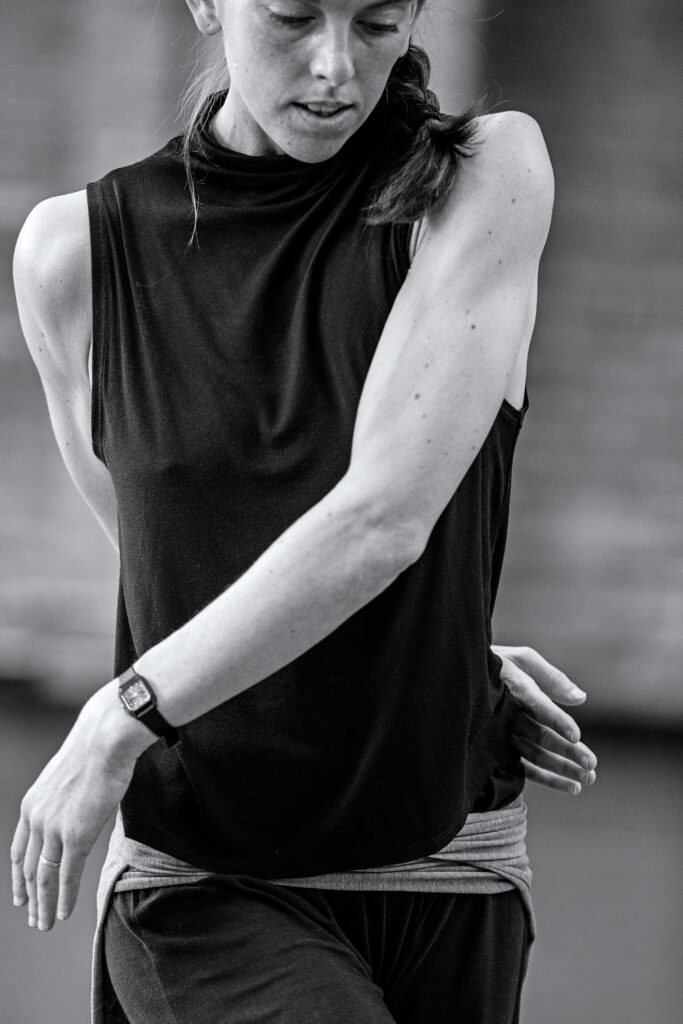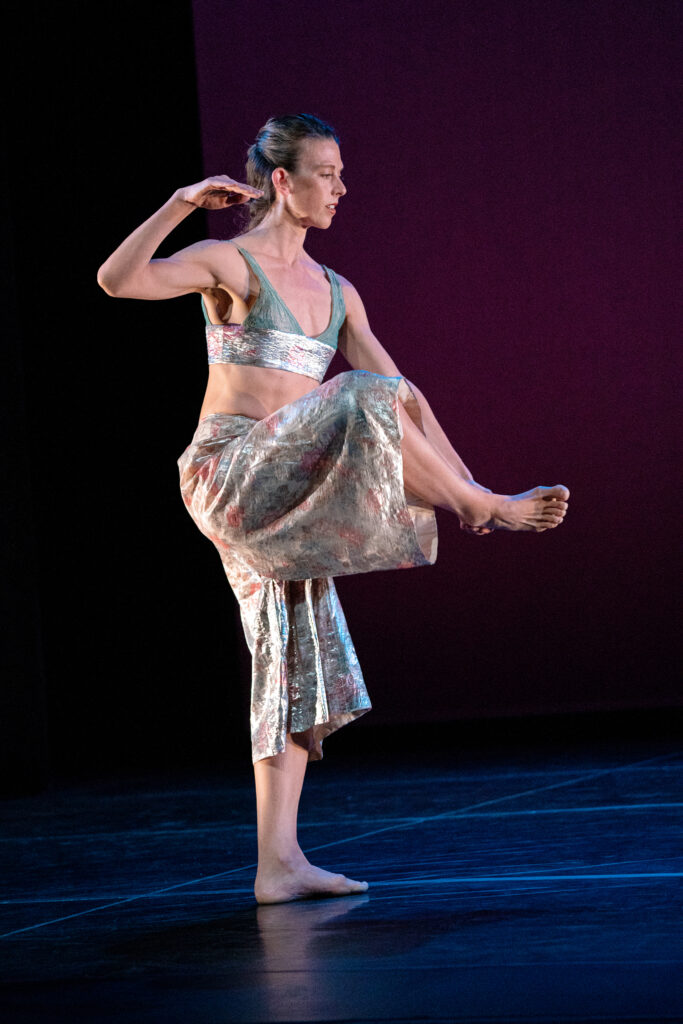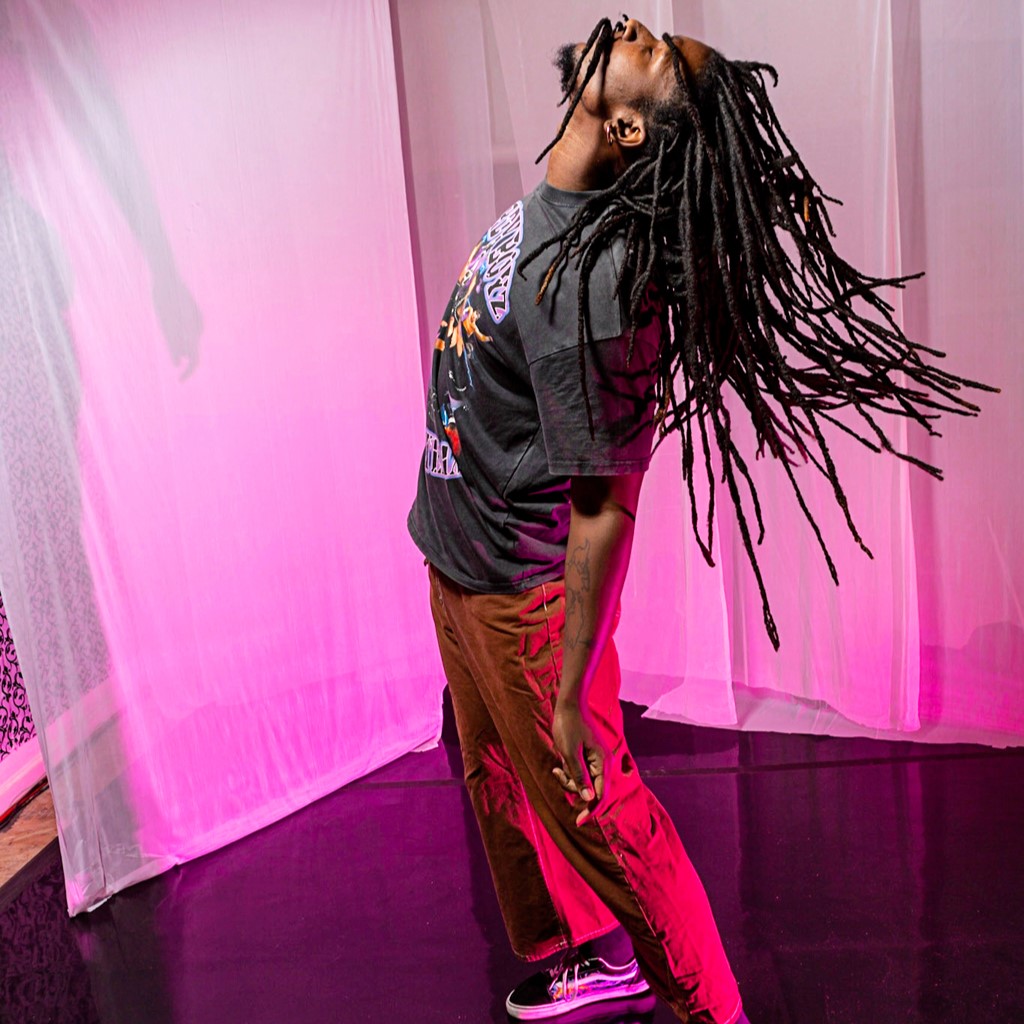Tips for Making the Subtle Movements Shine
It’s easy to focus on large, showstopping movements in class, rehearsal, and performance. Soaring jumps, high extensions, and acrobatics inspire awe from audiences. But smaller movements can also have the same explosive power. “It can be just as exciting and moving and powerful to see a dancer make one small, subtle movement—that can be just as electrifying as seeing someone do a giant grand jeté,” says Cecily Campbell, assistant rehearsal director and dancer with the Trisha Brown Dance Company. Seemingly minor steps can be important technical building blocks in many dance forms, and cultivating the skills to execute these movements can provide dancers with tools for deepening artistry and understanding choreography.
Nurture Curiosity and Patience

Saleh “Robozilla” Simpson, a Los Angeles–based dancer who specializes in animation—a style of hip-hop that he describes as “representing stop-motion film effects”—emphasizes the importance of patience in developing dexterity in small movements. “Controlling your body and understanding your body awareness will improve how well you make those little adjustments to your movement,” he says, adding that taking the time to “sit with himself ” and investigate the why and how behind the movement has allowed his technique to flourish.
Campbell highlights the significance of curiosity, particularly when working with minute steps. She recommends paying attention to the small movements and gestures you use throughout the day and exploring how they can be applied in a dance context. “If you shift your focus a little bit on the way that you reach for a cup, you can notice, ‘If I isolate that, what’s the potential in there for a movement exploration?’ ” she says.
Delve Into the Details
Focusing on the intricate elements of choreography can provide an excellent opportunity to showcase artistic expression. Simpson says that because animation has an emphasis on character, it requires dancers to use each micromovement and
part of the body to convey the desired personality or emotion. “That detail can help the people who are watching understand what you’re doing and see the full story you’re trying to convey,” he explains, adding that facial expression and a
thoughtful placement of stillness within the choreography are especially important in animation.
Slow Down and Zoom In
To better grasp the finer details, Campbell suggests exploring movements in slow motion. This approach allows you
to focus on the micromovements within the choreography, which can be helpful both in understanding the movement and in fully articulating it. “When you’re moving in slow motion, you can’t really skip past things,” she explains. “You’re experiencing every part of a transition of weight or an articulation through a limb.”
Campbell recommends incorporating slower, smaller movement to your warm-up to sharpen these skills. “Even in big, complex movements, there can be a really specific knowledge of the small action in the foot that’s happening, or the focus of the eyes,” she explains. “Any one of those elements is super-important in the whole.”

Avoid Over-Performing
When a movement is small, there can be a temptation to overemphasize or exaggerate it to make it more visible to the audience. Cecily Campbell, assistant rehearsal director and dancer with the Trisha Brown Dance Company, advises against over-performing, however. “When things are small, there’s perhaps an urge to make them bigger,” she says. “In doing that, you can rob them of their richness.” Instead, Campbell encourages dancers to allow these movements to speak for themselves. Invest the time and energy into learning to feel and appreciate the subtlety of these movements, she says, adding that watching videos of Trisha Brown in performance has helped her with this process.





